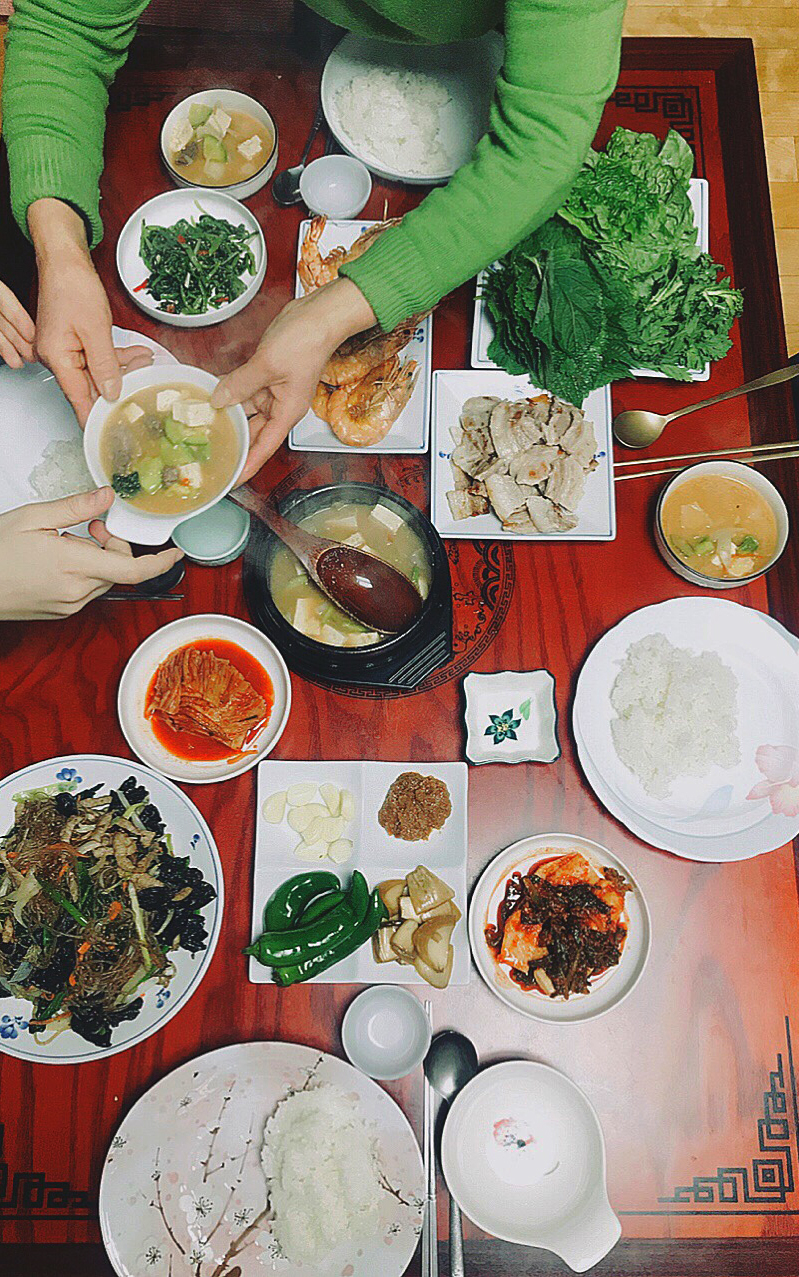- 한국어
- English
- 日本語
- 中文
- العربية
- Español
- Français
- Deutsch
- Pусский
- Tiếng Việt
- Indonesian
By Honorary Reporter Zana Bulteel from Belgium
Photos= Zana Bulteel

Growing up with a single mother, I understood from a young age that if I wanted to become independent, I had to be a good cook to take care of myself. So from that moment on, I took great interest in my mother's cooking.
My mother was an excellent cook who always found joy in creating fine and healthy meals for both friends and family. We always had many people over and everybody loved her dishes. Thanks to my joy for cooking, I had part-time jobs from age 16 to last year at restaurants, a position as an assistant chef and multiple catering jobs in where I always discovered new ways of playing with food.
When I attended college in 2014, I heard about the Korean Cultural Center in Brussels. Eager to learn more about the Korean kitchen, I signed up for a couple of free classes on Korean cooking. I felt intrigued by the scents, the herbs, the pastes and the ingredients -- everything was so different from the European kitchen. It was as if I'd just accidentally discovered my own personal cave of wonders. I decided to challenge myself by trying to cook Korean food. I started to borrow Korean cookbooks from the library, watched Korean cooking shows and followed Korean foodies online. And thus my Korean cooking adventure started.
I reorganized my kitchen and bought the basic ingredients needed to start cooking Korean food. Since Korean cuisine requires a lot of fresh ingredients like meat, fish and vegetables, I had to arrange my grocery shopping according to the delivery schedule of the only Korean supermarket in Brussels. I asked one of the workers there if I could look at how her colleague made kimchi, but she declined. So I started making my own kimchi. Making kimchi was by far the most difficult dish to make in my life; it was also the only dish I had to throw away a couple of times because of failure. The condiment needs just the right amount of salt, sugar and spiciness to taste good. I needed time to get that figured out, but now I can make kimchi without a recipe.
Many believe Korean dishes are generally spicy, but this is not true of all of them. People can make them as spicy or mild as desired, and many side dishes (banchan) are mild to sweet. Ultimately, keep track of your kitchen and freezer stock and start with simple dishes like pajeon (Korean-style pancakes), street food like tteokbokki (spicy rice cake) and banchan with rice. You can always cook healthy and nutritious Korean dishes on a budget. Trust me, I was a student once, too.
Cooking is always trial and error, especially when it comes to Korean food. In many ways, my decision to cook Korean food at home saved me on multiple levels. It challenged me to grow stronger and stand up every time I fell down. Cooking Korean at home taught me to love myself and my body, as well as take care of myself. Over the years, cooking Korean turned into a form of meditation for me. I know that I create something with my hands and work hard toward delivering a satisfying dish. When in the kitchen, I am totally relaxed and the world fades away since I only need to focus on the pots and pans, cutting the vegetables and handling my workstation. Thus through Korean cooking, I am me.
chaey0726@korea.kr
*This article is written by a Korea.net Honorary Reporter. Our group of Honorary Reporters are from all around the world, and they share with Korea.net their love and passion for all things Korean.